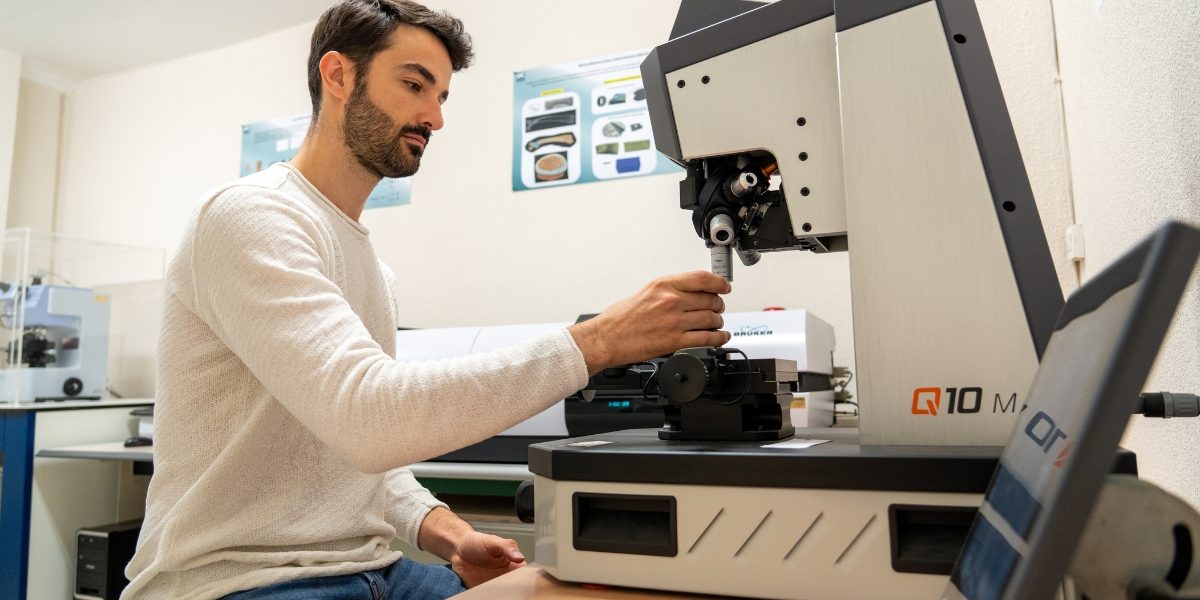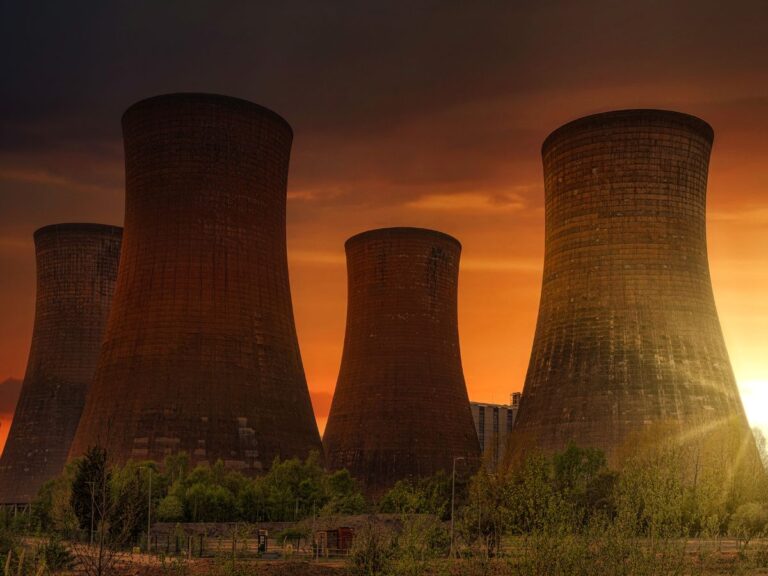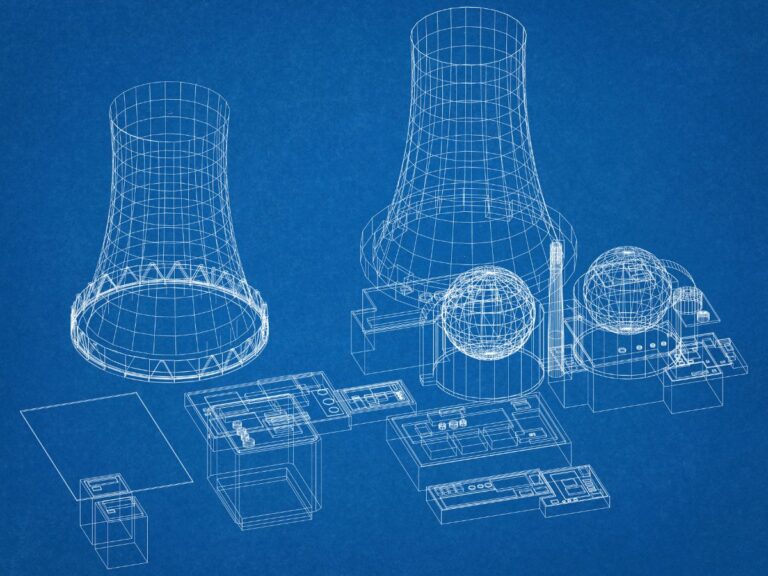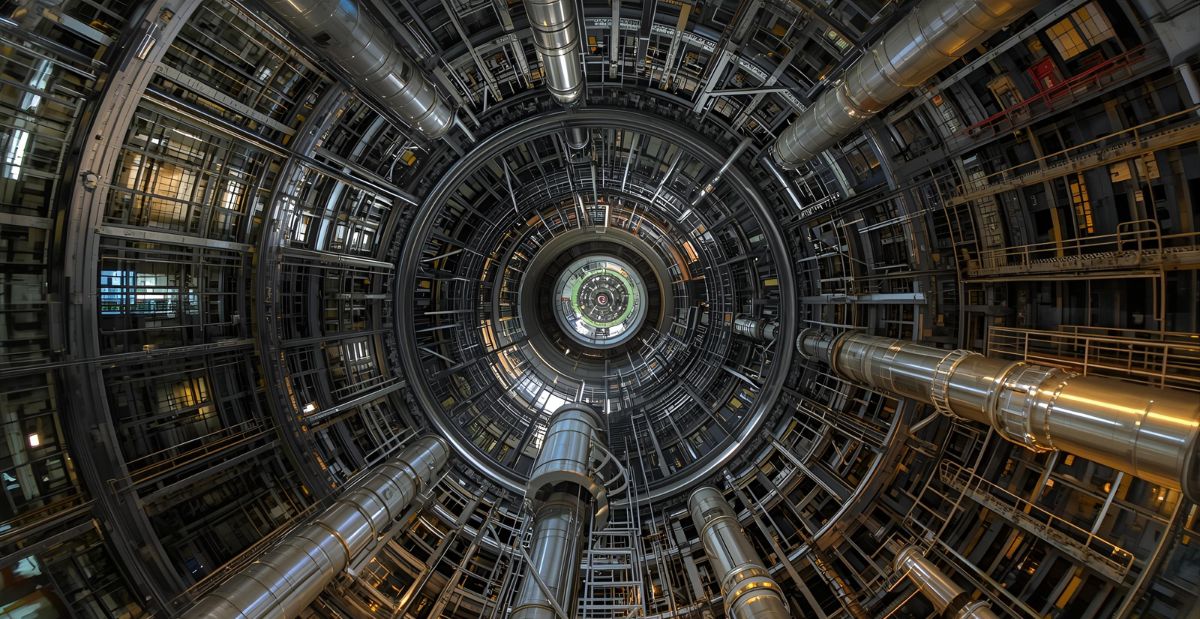
LADICIM and Viuda de Sainz strengthen their collaboration for the development of recycled concrete
A prestigious U.S. engineering firm has commissioned the Cantabrian laboratory to carry out a study aimed at generating a global database to enhance understanding of the evolution of nuclear reactor vessels.
The Laboratory of the Division of Materials Science and Engineering is promoting a line of research related to the application of Artificial Intelligence in the fight against climate change. The latest milestone has taken research efforts to a new level in the pursuit of solutions to extend the service life of nuclear power plants—an area in which LADICIM has been working for over 25 years.
A prestigious U.S. engineering firm (whose name is protected by confidentiality agreements) has just commissioned LADICIM to create a global database aimed at improving the understanding of the evolution of nuclear reactor vessels and developing advanced AI-based predictive models to better forecast how their embrittlement will progress over time. This is an unprecedented challenge, as no global study of this nature has been carried out to date.
The project, titled “Analytical Study for the Development of a Trend Curve for Neutron Embrittlement in Nuclear Reactors Based on Master Curve Reference Temperature Data”, is funded with nearly €200,000 and has a planned duration of two years.

It is publicly funded through an independent, non-profit organization based in the United States, dedicated to research, development, and innovation in the field of electric energy. This organization conducts research for all U.S. nuclear power plants, covering a wide range of topics including maintenance, safety, radioactive waste management, advanced reactor technology, and risk assessment, among others.
In this case, analyzing large volumes of historical data and integrating Artificial Intelligence into the development of behavioral models for nuclear reactor vessels—made of steel—will make it possible to identify patterns and trends in their embrittlement and degradation. This will help improve the understanding of these phenomena and allow for more accurate predictions of potential issues in the future.
“Some partial studies have been done on this topic, the information is scattered, and the challenge is to gather all available data, process it, and apply Data Analytics tools that allow us to better understand the loss of mechanical properties in reactor vessel steel when exposed to radiation from nuclear fuel,” explains Diego Ferreño Blanco, Full Professor at the University of Cantabria and researcher at LADICIM. “By gaining a better understanding of how these vessels degrade, we can obtain a more accurate picture of their evolution and, as a result, we’ll be able to more reliably predict how long they can continue operating safely and effectively in the future.”
Master Curve Method vs. Charpy Test
The United States is one of the leading players in the nuclear industry, with around 93 reactors in operation across 56 different plants. The country accounts for approximately 22% of all operating nuclear power plants worldwide, which currently number 436. Most of the reactors in operation globally are approaching the end of their originally designed service life. By 2050, it is estimated that up to half of them could enter permanent shutdown.
Nuclear reactors have implemented surveillance programs to monitor material degradation, particularly that of the reactor vessel steel. The Charpy impact test has traditionally been the general technique used to evaluate neutron embrittlement. However, by the end of the 20th century, a specific and essential technique emerged in the field of nuclear engineering: the Master Curve method. Based on fracture tests conducted over a wide temperature range, this method provides a more accurate and reliable assessment of material toughness.

Researchers at LADICIM will combine the Master Curve method, traditional analytical techniques, and AI-based predictive models to improve the accuracy of life expectancy forecasts and the behavior of materials in nuclear environments.
Between 1985 and 2010, the Laboratory already carried out experimental and analytical work for the Santa María de Garoña Nuclear Power Plant. Their findings demonstrated that the Burgos-based facility—shut down in 2012 after 41 years of operation and currently in the process of decommissioning—could have operated for over 80 years without any structural issues in the vessel caused by neutron irradiation damage.
LADICIM’s dedication and expertise in the field of nuclear energy have made it an international benchmark in this critical area of research.
The ‘Data Culture’: A Key Element in Nuclear Research
The controversy surrounding nuclear energy and the maintenance of nuclear power plants stems from a variety of complex factors. In a context of climate change, global energy transition, and the search for sustainable solutions, policies and decisions vary depending on each country’s situation and priorities. Nuclear energy is known for being clean and low in carbon emissions, and many voices argue that it can play a significant role in the fight against climate change. “All scenarios that consider the production of clean electrical energy involve not only maintaining nuclear power, but also increasing the power output. The verdict is very clear,” emphasizes Ferreño.
Critics, however, raise concerns about the risk of incidents, sustainable management of radioactive waste, the threat of nuclear weapons proliferation, and the socio-economic and environmental impacts associated with nuclear technology.
In this environment—marked by concerns over safety, cost, energy alternatives, and sustainability—the ‘data culture’ and the application of AI play a key role in the sector. Having a broad, reliable, and accurate historical dataset is essential to “feed the models” and achieve the best predictions regarding the behavior of steel reactor vessels. And this is where one of LADICIM’s major challenges arises: the lack of data sharing from some countries about the operation of their plants, including Spain.
“Twenty countries have made a complete data transfer; the foundation is solid, but incomplete. If we had access to detailed information, our dataset would be significantly enriched, which would improve the quality of our algorithms. As more data is added to our database, we will proceed to retrain the models, thereby achieving more accurate and reliable predictions,” explains Diego Ferreño.

The reactor vessel is the only irreplaceable component of a nuclear reactor, and having a deep understanding of its evolution and the factors affecting the fragility of the steel is essential to ensure the plant’s safety and proper operation. “Data from the oldest nuclear plants are especially valuable. In some cases, we don’t even know the chemical composition of the vessel steel, and that information is critical to understanding its strength and behavior. That’s why transparency is so important. The safety margins are very high, but the more knowledge we have, the more accurate our predictions will be,” says Ferreño.
The greater the quantity and quality of data analyzed by AI algorithms, the better the predictive models they can generate. Predicting how materials will behave over time involves, among other things, a deep understanding of their physical and chemical properties, analyzing the environment and operating conditions to which they are exposed, and studying how phenomena like corrosion or oxidation contribute to their degradation.
Since 2020, LADICIM has been part of the European project ENTENTE, which aims to develop and exploit a European database providing relevant information on the structural integrity of nuclear power plant components, and to create AI-based models to predict material degradation. The results speak for themselves: improved predictive capability has led to a 21% reduction in uncertainty.
“Those who have tried to forecast reactor vessel degradation using mathematical formulas have realized how difficult it is to predict the effects of radiation. In the last 20 years, the improvements achieved were only one or two percent. However, when we apply AI algorithms, we can predict with far greater accuracy.”
Funded with €4 million, the project involves 27 partners from 12 countries, led by the Spanish Centre for Energy, Environmental and Technological Research (CIEMAT). In addition to LADICIM, top institutions and companies in the energy sector are participating, including Électricité de France (EDF), Belgium’s SKC, Japan’s CRIEPI, as well as regulatory bodies and nuclear industry manufacturers.
Más Noticias

LADICIM aims to fortify floating wind with more durable, safer and more sustainable platforms
In a consortium with SEAPLACE, IHCantabria, and UPM, the Cantabrian laboratory will lead the development of green and self-healing concretes to optimize the CROWN floating

LADICIM participates in European project that applies AI to extend the life of nuclear power plants
ENTENTE, coordinated by CIEMAT, lays the groundwork for Materials Informatics to more accurately predict reactor vessel degradation and enhance the safety of its long-term operation

LADICIM consolidates progress of the INTELEST project in AI for sustainable energy and transportation
The University of Cantabria Laboratory advances in the development of predictive models for nuclear safety, offshore wind power, and the maintenance of high-performance railway infrastructure,
